Ultrasound of the pediatric chest
- PMID: 31095416
- PMCID: PMC6724634
- DOI: 10.1259/bjr.20190058
Ultrasound of the pediatric chest
Abstract
Cross-sectional imaging modalities like MRI and CT provide images of the chest which are easily understood by clinicians. However, these modalities may not always be available and are expensive. Lung ultrasonography (US) has therefore become an important tool in the hands of clinicians as an extension of the clinical exam, which has been underutilized by the radiologists. Reinforcement of the ALARA principle along with the dictum of "Image gently" have resulted in increased use of modalities which do not require radiation. Hence, ultrasound, which was earlier being used mainly to confirm the presence of pleural effusion as well as evaluate it and differentiate solid from cystic masses, is now being used to evaluate the lung as well. This review highlights the utility of ultrasound of the paediatric chest. It also describes the normal and abnormal appearances of the paediatric lung on ultrasound as well as the advantages and limitations of this modality.
Figures

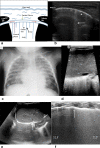
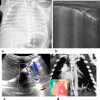


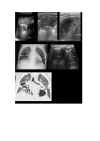
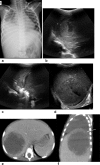
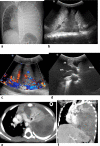




References
-
- Pathan A . Sonography of the lungs and pleura . JLUMHS 2007. .
-
- Baert AL . Pediatric chest imaging: chest imaging in infants and children . Springer Science & Business Media 2010. ;.
-
- Enriquez G , Aso C , Serres X . Chest ultrasound (US) . : InPediatric Chest Imaging . Berlin, Heidelberg: : The British Institute of Radiology. ; 2008. . ( 1–35).

